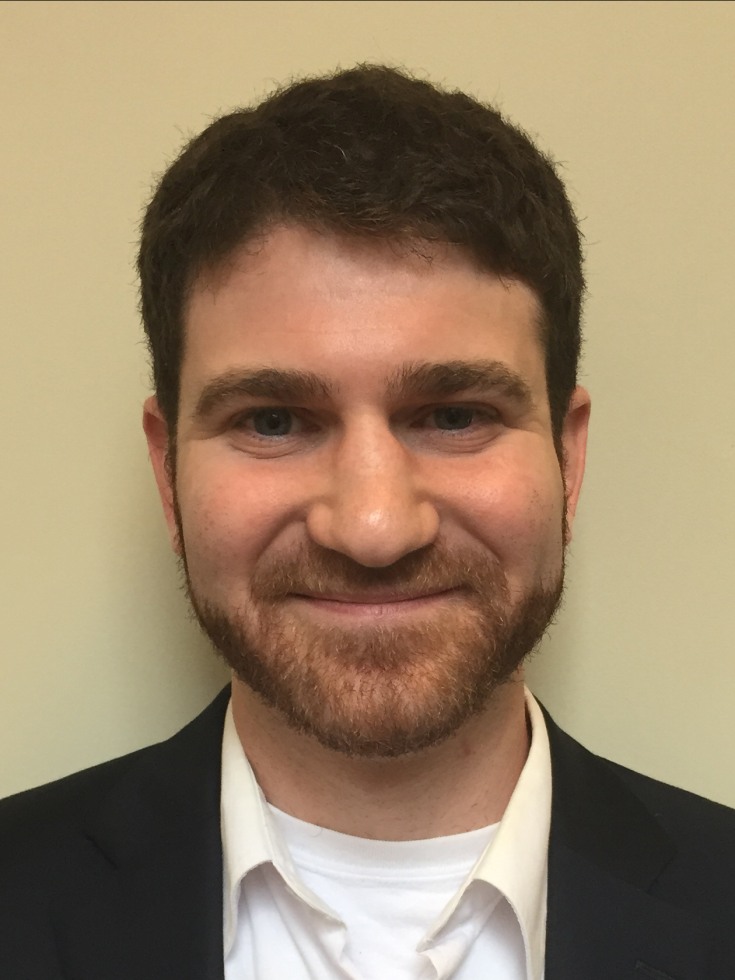PROVIDENCE, R.I. [Brown University] — The secrets of the cosmic dark ages that followed the Big Bang may be found on the far side of the moon — and Assistant Professor of Physics Jonathan Pober is working to help NASA unlock them.
NASA awarded Pober the prestigious Nancy Grace Roman Technology Fellowship in Astrophysics, which will support Pober in advancing the ambitious NASA-funded project to design a giant radio telescope array on the far side of the moon.
“A successful mission design will require a team with expertise in radio antenna design, space systems engineering, astrophysical cosmology, and data science,” Pober said. “The Roman Technology Fellowship will provide funding to assemble key personnel with expertise spanning these areas, delivering key technological advances to make this concept a reality.”
Pober is among only six early-career researchers nationwide to receive the 2021 Roman Technology Fellowship, including Brown University alumnus Christopher Mendillo, a Class of 2005 physics graduate who will use the fellowship to support his astrophysics research as a professor at University of Massachusetts, Lowell. The Roman Technology Fellowship aims to help young researchers develop innovative technologies that have the potential to enable major scientific breakthroughs in the future.
“(We’re) focused upon investigating in exquisite detail the unexplored cosmic dark ages,” Pober said, “looking way back in cosmic history to a time when the universe was one hundredth its current size and there were no galaxies, no stars, no planets … and identifying the conditions and processes under which the first stars, galaxies and accreting black holes formed.”
Pober will utilize the $350,000 grant over three years — and he will be eligible for another three-year grant of up to $500,000. The funding will help advance the concept of the radio telescope, simulating and designing an array of thousands of radio telescopes on the far side of the moon, shielded from the radio noise produced on earth.
